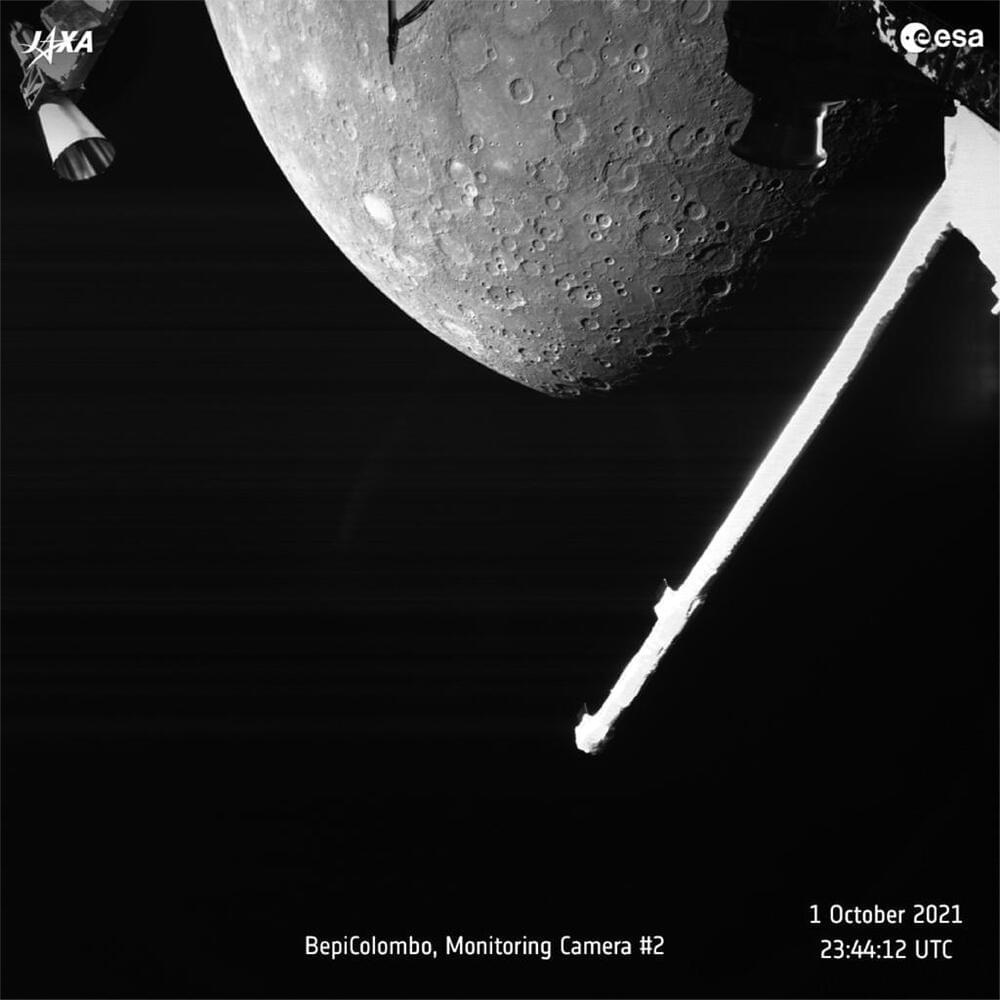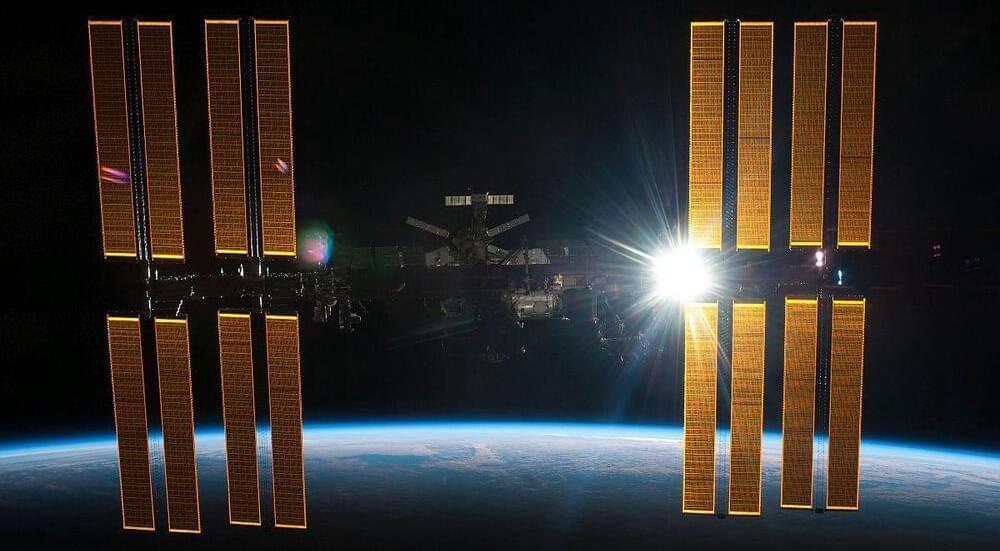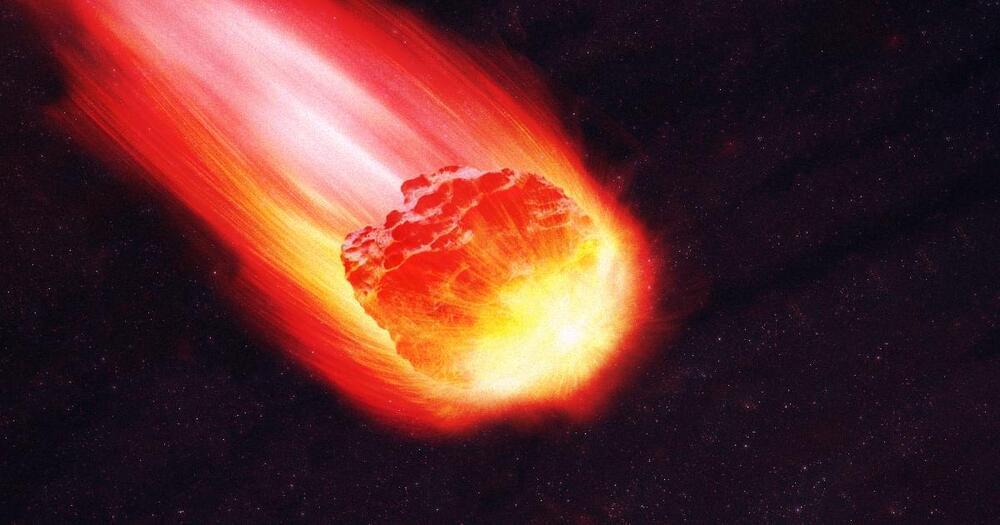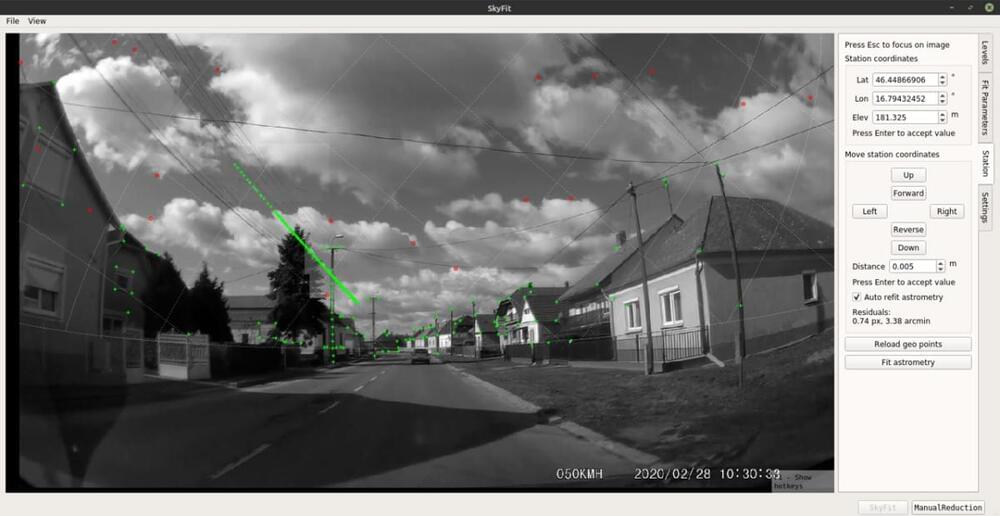About six years ago, the CEO of Toyota Research Institute published a seminal paper about whether a Cambrian explosion was coming for robotics. The term “Cambrian explosion” refers to an important event approximately half a billion years ago in which there was a rapid expansion of different forms of life on earth. There are parallels with the field of robotics as modern technological advancements are fueling an analogous explosion in the diversification and applicability of robots. Today, we’re seeing this Cambrian explosion of robotics unfolding, and consequently, many distinct patterns are emerging. I’ll outline the top three trends that are rapidly evolving in the robotics space and that are most likely to dominate for years to come.
1. The Democratization Of AI And The Convergence Of Technologies.
The birth and proliferation of AI-powered robots are happening because of the democratization of AI. For example, open-source machine learning frameworks are now broadly accessible; AI algorithms are now in the open domain in cloud-based repositories like GitHub; and influential publications on deep learning from top schools can now be downloaded. We now have access to more computing power (e.g., Nvidia GPUs, Omniverse, etc.), data, cloud-computing platforms (e.g., Amazon AWS), new hardware and advanced engineering. Many robotics startup companies are capitalizing on this “super evolution” of technology to build more intelligent and more capable machines.







